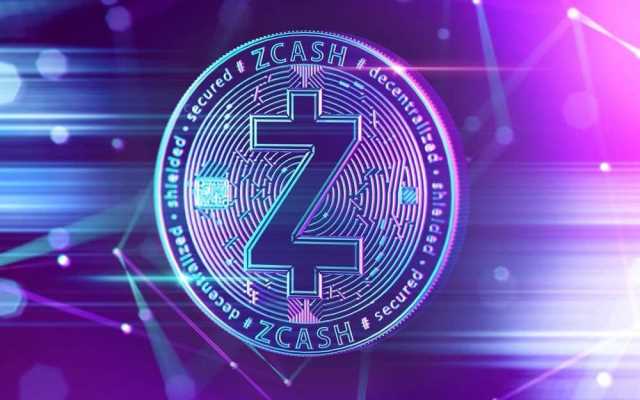
Many developers were drawn to this idea because these new applications would be accessible to a global audience, highly secure, and much faster to build because there are no intermediary services to integrate. In any case, our original promise that the issuance rate will not exceed 26.00% per year, and the goal that the eventual final issuance will be much lower (likely 0-3% per year) with proof of stake, will both be kept. The Ethereum blockchain launched in July 2015 under the codename “Frontier.” This first iteration of Ethereum used the same proof-of-work (PoW) consensus mechanism on the Bitcoin network. In this system, computers have to solve complex algorithmic problems to post new transactions on the blockchain.
Who is Vitalik Buterin, Ethereum Creator?
Whichever computer solves this puzzle first receives crypto rewards in the form of ETH. Countless cryptocurrencies have come and gone, but Ethereum has grown, leading to an explosing of projects leveraging the technology. At the time of writing, Ethereum’s Ether coin (ETH) has the second-largest market cap after Bitcoin (BTC). Current estimates suggest there’s around $27 billion total value locked (TVL) in Ethereum projects (at the time of writing), representing 60% of the entire DeFi (decentralized finance) ecosystem. For comparison, the next largest blockchains—TRON and the BNB Smart Chain—each have $4 billion in TVL. Buterin’s interest in broadening Bitcoin’s scope led him to pursue a Turing-complete programming language to realize his vision.
- At this stage, he left university to travel the world for several months to connect with Bitcoin developers.
- Amir Chetrit had a working relationship with Buterin during his stint at Colored Coins.
- He got in touch with Buterin in 2011, and they decided to set up Bitcoin Magazine, and then worked together on Egora, a decentralized eBay for Bitcoin.
- Forks are when major technical upgrades or changes need to be made to the network – they typically stem from Ethereum Improvement Proposals (EIPs) and change the “rules” of the protocol.
- Similar changes have been performed on the Byzantium, Constantinople and London network upgrades.
Was Vitalik Buterin a Cypherpunk?
The Berlin upgrade optimized gas cost for certain EVM actions, and increases support for multiple transaction types. Vitalik’s authority is most evident from his Twitter account, through which he participates in discussions of all kinds. Vitalik is not against Elon’s takeover per se, but rather opposes the enthusiasm generated by the social media takeover. This is not the case with Jack Dorsey (former Twitter CEO) and Elon Musk, but Vitalik fears a scenario in which ethically compromised organisations or governments take control of social media. This discussion, which took place in Zug (Switzerland) in June 2014, saw the first of many separations from Vitalik. Indeed, already in 2015, Alisie left the Ethereum Foundation to devote himself to Akasha, a social infrastructure for Ethereum.

Activity Since Ethereum’s Launch
“NFTs can represent much more of who you are and not just what you can afford,” he writes. Three days after the music stops at ETHDenver, Buterin’s attention turns across the Who Invented Ethereum world, back to the region where he was born. In the war launched by Russian President Vladimir Putin, cryptocurrency almost immediately became a tool of Ukrainian resistance.
London EIPsOfficial improvements included in this upgrade.More
Buterin’s whitepaper, written after three years spent exploring the emerging crypto sector, was his response to the limitations of Bitcoin, and proposed a platform enabling any decentralized, censorship-resistant application imaginable. There is no guarantee that any crypto asset will have at any time in the future certain value (if any) or market liquidity. Crypto assets are at risk of losing substantial (or all) value within a short time period. Those who know Buterin well have noticed a philosophical shift over the years. One of Buterin’s recent posts calls for the creation of a new type of NFT, based not on monetary value but on participation and identity. For instance, the allocation of votes in an organization might be determined by the commitment an individual has shown to the group, as opposed to the number of tokens they own.
At the early stage of development, Vitalik Buterin onboarded top developers and entrepreneurs to steer the formative stage of Ethereum. These individuals became co-founders of the project and contributed their quota to its success. Through high school and into college, Buterin honed his programming abilities and connected with influential mentors like the cryptographer Ian Goldberg, known for his involvement with the Tor Project among other things.

- Charles Hoskinson wanted to be a mathematician, before becoming disillusioned with the profession and taking an increasing interest in Bitcoin.
- To turn the Ethereum Whitepaper into a reality, Buterin explained his vision for a new blockchain at 2014’s North American Bitcoin Conference.
- This happened on November 27, meaning the Beacon Chain started producing blocks on December 1, 2020.
- The young programmer created an initial white paper for this concept, which he called Ethereum, in 2013.
Here’s what they’re up to five years after the start of their breathtaking venture.
Staking deposit contract deployed
We are also evaluating the possibility of introducing a more formal and inclusive process for agreeing on protocol upgrades and welcome input from client developers on this. And there are more announcements both from ourselves and others that will be following soon. The most crucial tool in doing so is sharding, which Buterin says will lead to faster response times and eventually lower fees to around a nickel. But as the EF works on sharding, users are already flocking to centralized blockchains and platforms that run faster and work better. The irony is that despite all of Buterin’s cachet, he may not have the ability to prevent Ethereum from veering off course.
This is achieved through the introduction of data “blobs” which enables rollups to post data to Mainnet for a short period of time. This results in significantly lower transaction fees for users of layer 2 rollups. The Ethereum 2.0 update, in a nutshell, envisages a switch from Proof of Work (PoW) to Proof of Stake (PoS), a momentous change in the consensus mechanism for creating blocks.